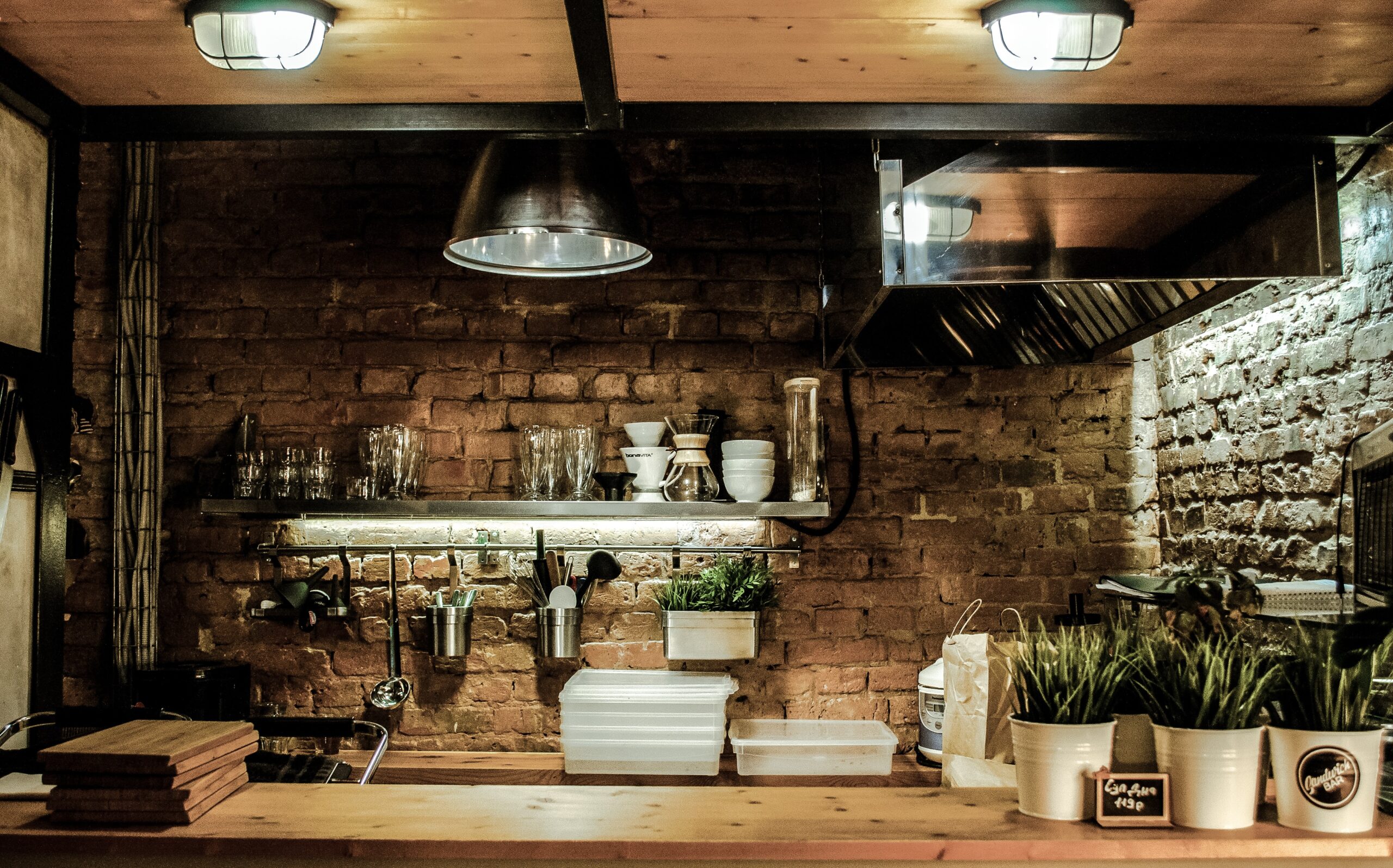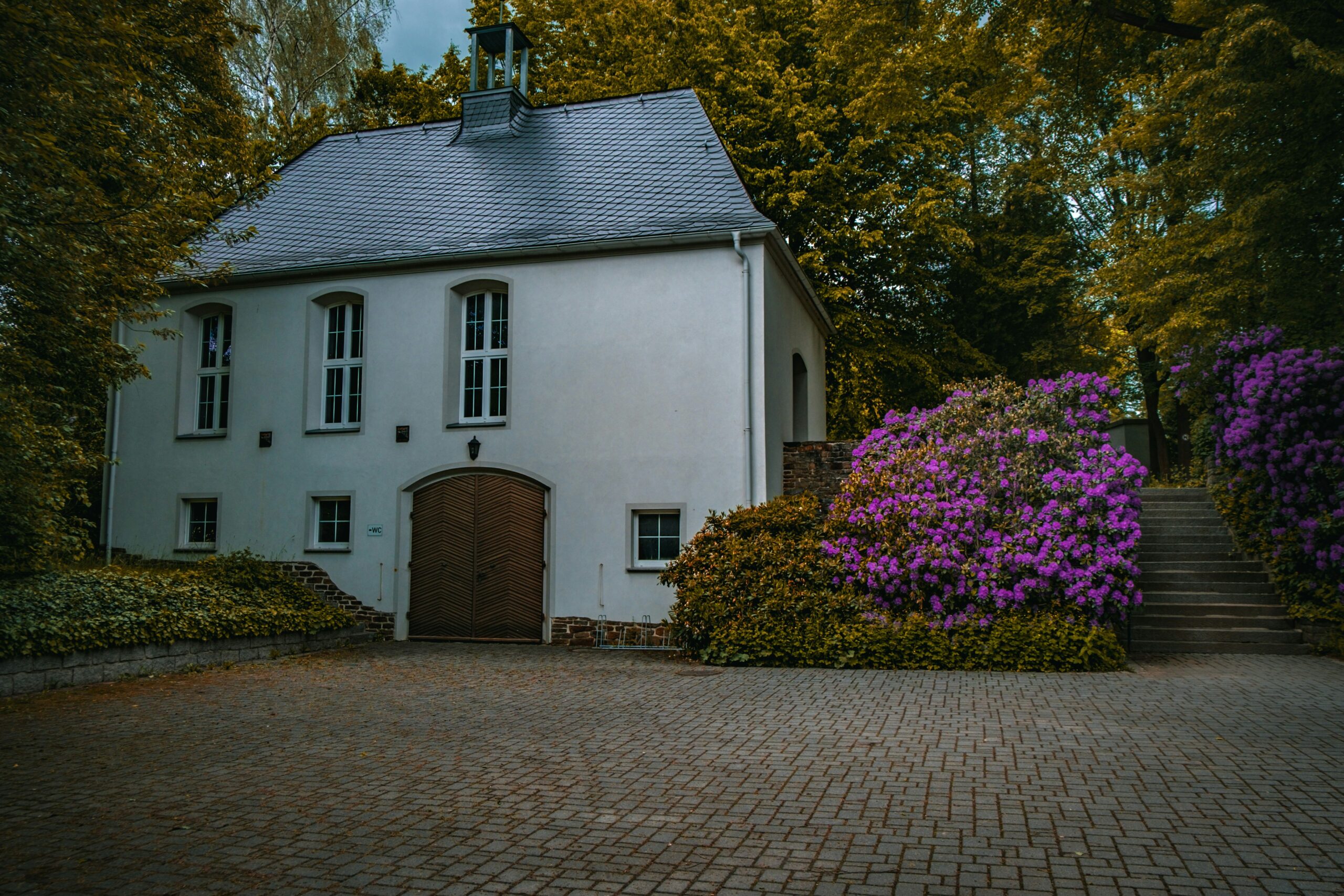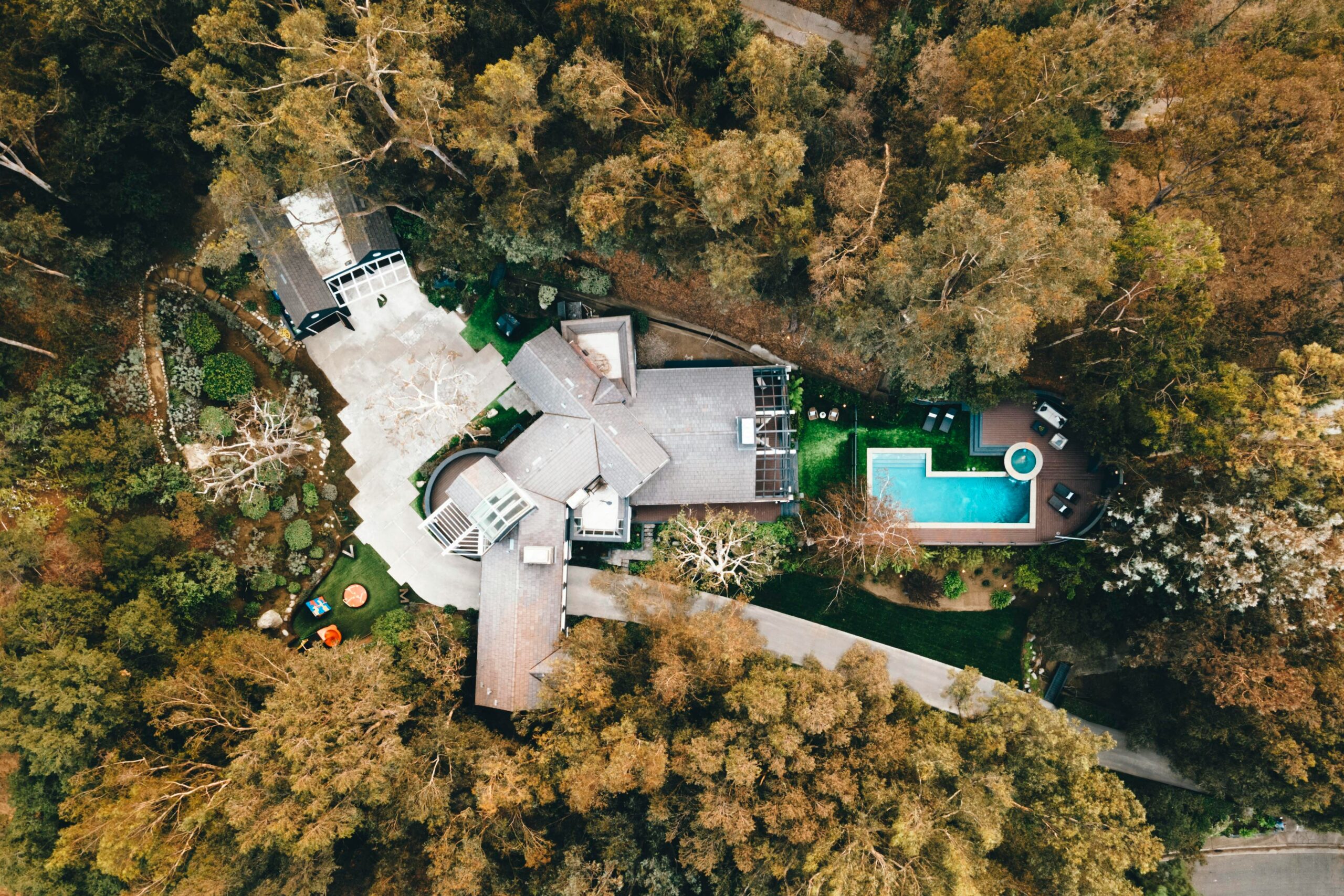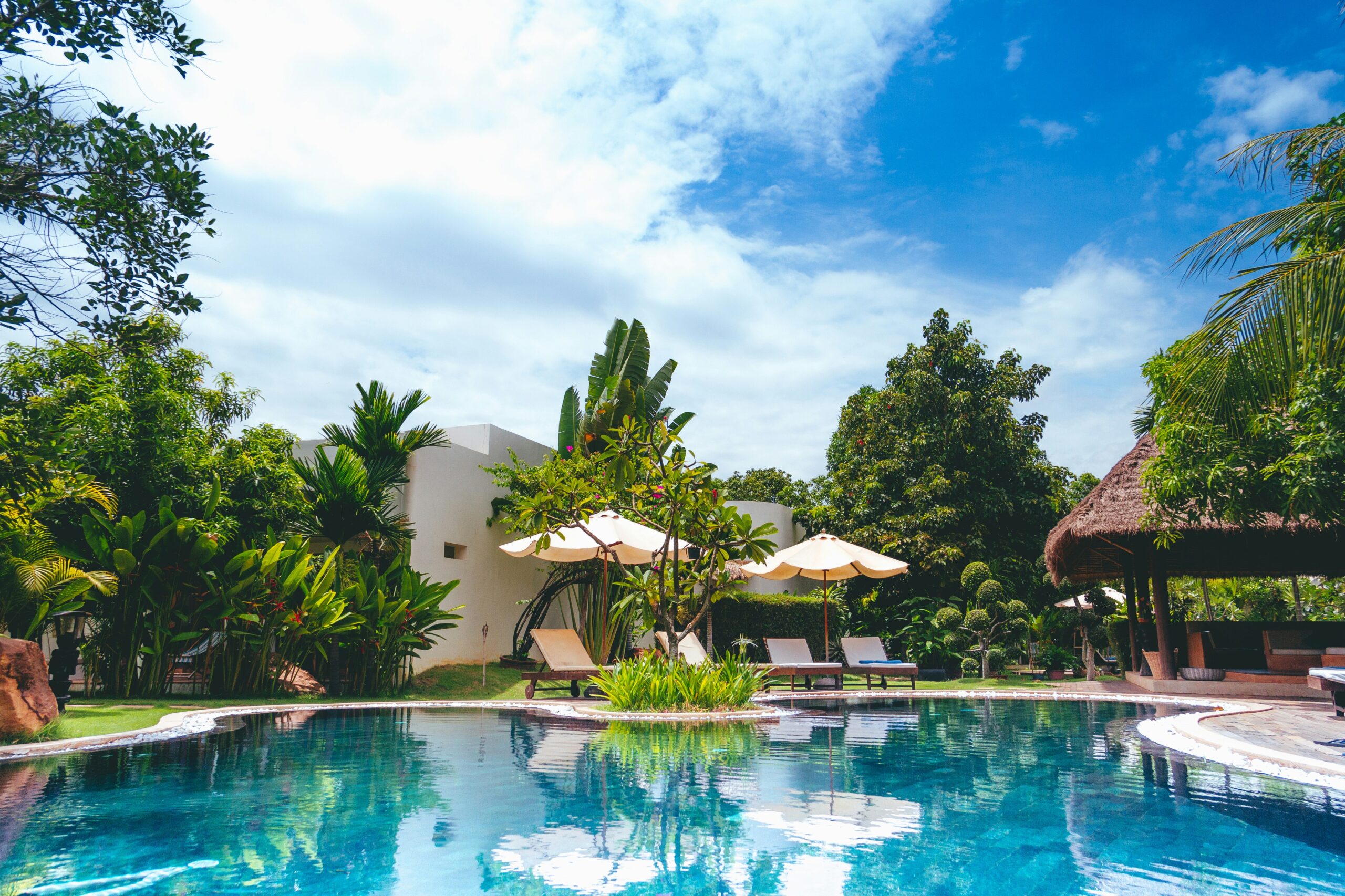Building an outdoor kitchen can transform your backyard into a culinary haven, providing you with a space to entertain, cook, and enjoy the great outdoors. Whether you’re a seasoned DIY enthusiast or just starting to explore the world of home improvement projects, this article will guide you through the process of designing and constructing your very own outdoor kitchen. From choosing the perfect layout to selecting the right appliances and materials, we’ll provide you with expert advice and practical tips to ensure that your outdoor kitchen becomes a functional and stylish extension of your home.
How To Build an Outdoor Kitchen
Step 1: Planning and Design
Before diving into building your outdoor kitchen, it’s crucial to start with a well-thought-out plan and design. Consider the available space, your cooking needs, and the overall aesthetic you want to achieve. Identify the location, taking into account factors such as access to utilities, prevailing winds, and proximity to indoor facilities. Sketch out a layout that includes cooking, prep, and dining areas, as well as any additional features like a bar or storage.
Step 2: Selecting the Right Location
Choose a suitable location for your outdoor kitchen that complements your backyard layout and offers convenience. Ensure the area has a flat surface and sufficient space for all the elements you intend to include. Keep in mind factors like sun exposure and wind direction, as well as the distance from your indoor kitchen for easy access.
Step 3: Building the Foundation
Construct a sturdy foundation for your outdoor kitchen using materials like concrete or solid pavers. Ensure it is level and provides a solid base for your kitchen components. Consider using a professional contractor for this step to ensure structural integrity.
Step 4: Install Utilities
If you plan to have a sink, gas grill, or other appliances in your outdoor kitchen, you’ll need to install utility lines. Consult with a licensed professional to handle the plumbing, gas, and electrical work to ensure safety and compliance with local building codes.
Step 5: Choose Appliances and Materials
Select high-quality, weather-resistant appliances and materials designed specifically for outdoor use. Opt for stainless steel appliances, as they are durable and easy to maintain. Choose countertops made of materials like granite or concrete, which can withstand exposure to the elements. Consider weather-resistant cabinets and storage options to protect your kitchen essentials.
Step 6: Build the Framework
Construct a sturdy framework for your outdoor kitchen using materials like concrete blocks or metal studs. This framework will provide support for your countertops, cabinets, and appliances. Ensure proper ventilation and space for gas lines and electrical wiring.
Step 7: Install Countertops and Cabinets
Install your chosen countertops, ensuring they are level and secure. Consider leaving enough space for a built-in grill, sink, and other appliances. Install cabinets and storage options based on your needs. Choose weather-resistant materials and ensure proper sealing to protect against moisture and pests.
Step 8: Install Appliances and Fixtures
Carefully follow the manufacturer’s instructions to install your outdoor kitchen appliances, including the grill, sink, refrigerator, and any other fixtures you’ve chosen. Seek professional help if needed to ensure proper installation and connection to utility lines.
Step 9: Add Finishing Touches
Complete your outdoor kitchen by adding finishing touches that enhance its functionality and aesthetics. Consider installing a pergola or shade structure to provide shade during hot days. Incorporate lighting solutions for both ambiance and practicality. Add seating options and outdoor décor to make the space inviting and comfortable.
Step 10: Enjoy Your Culinary Haven
Once your outdoor kitchen is built, it’s time to sit back, relax, and enjoy the fruits of your labor. Invite friends and family over to showcase your culinary skills in this beautiful outdoor space. Whether you’re grilling, entertaining, or simply basking in the joy of your creation, your outdoor kitchen will become the pride of your backyard oasis.
What Tools and Materials Are Needed To Build an Outdoor Kitchen?
Tools:
1. Tape measure: A tape measure is essential for taking accurate measurements of the space where you plan to build your outdoor kitchen. This will help you determine the dimensions for your cabinets, countertops, and appliances.
2. Level: A level is crucial for ensuring that your outdoor kitchen is built on a flat and even surface. It will help you ensure that your countertops and cabinets are properly aligned.
3. Circular saw: A circular saw is a versatile tool that will help you cut through wood, cement board, and other materials. It is ideal for making precise cuts and shaping your outdoor kitchen.
4. Drill: A drill will be needed to attach cabinets, countertops, and other elements of your outdoor kitchen. Make sure to have a set of drill bits suitable for the type of material you will be working with.
5. Screwdriver: A screwdriver will be used to drive screws into the various components of your outdoor kitchen. It is important to have both flat-head and Phillips-head screwdrivers in different sizes.
6. Leveling compound: If you are building your outdoor kitchen on an uneven surface, leveling compound will help you create a smooth and level base.
Materials:
1. Cabinets: Choose cabinets that are specifically designed for outdoor use, as they will be able to withstand the elements. Look for cabinets made from materials such as veneer, stainless steel or weather-resistant wood.
2. Countertops: Stones, granite, concrete, and stainless steel are popular choices for outdoor kitchen countertops. These materials are durable and able to withstand exposure to heat, moisture, and UV rays.
3. Appliances: Depending on your needs and budget, you can choose from a variety of outdoor kitchen appliances such as grills, cooktops, refrigerators, and sinks. Look for appliances that are specifically designed for outdoor use and are built to withstand the elements.
4. Flooring: Consider using materials such as stone, tile, or concrete for your outdoor kitchen flooring. These materials are durable and easy to clean, making them ideal for outdoor use.
5. Lighting: To create a welcoming and functional outdoor kitchen, consider installing outdoor lighting. This will not only provide illumination for cooking and entertaining, but also add ambiance to your outdoor space.
6. Plumbing and electrical supplies: If your outdoor kitchen will include a sink, refrigerator, or other appliances that require plumbing or electrical connections, make sure to have the necessary supplies and equipment on hand.
How Much Does It cost To Build An Outdoor Kitchen?
The cost of building an outdoor kitchen can vary depending on various factors, such as the size, materials used, and level of customization. Here’s a breakdown of the potential costs you may incur while building an outdoor kitchen.
1. Design and Planning:
Before starting the construction process, it’s essential to have a well-thought-out design and plan in place. Hiring a professional designer or architect can ensure that your outdoor kitchen meets your specific needs and desires. The cost of design services can range from $500 to $5,000 or more, depending on the complexity of the project.
2. Appliances and Equipment:
An outdoor kitchen typically requires appliances such as a grill, refrigerator, sink, and storage cabinets. The cost of these appliances can vary greatly depending on the brand, quality, and features. On average, you may expect to spend anywhere from $2,000 to $10,000 or more on appliances for your outdoor kitchen.
3. Countertops and Cabinetry:
Choosing the right materials for your countertops and cabinetry is crucial, as they need to withstand outdoor conditions. Common materials used for outdoor kitchen countertops include granite, concrete, and stainless steel. Prices for countertops can range from $50 to $200 per square foot. Additionally, custom-built cabinetry can cost anywhere from $500 to $2,000 per linear foot, depending on the materials and level of customization.
4. Lighting:
Installing outdoor lighting is not only functional but also adds ambiance to your outdoor kitchen. The cost of outdoor lighting can vary depending on the type and number of fixtures you choose. On average, you can expect to spend $500 to $2,000 on outdoor lighting for your kitchen.
5. Flooring:
When it comes to outdoor kitchen flooring, it’s important to choose materials that are durable and can withstand the elements. Popular options include concrete, tile, and natural stone. The cost of outdoor kitchen flooring can range from $5 to $15 per square foot, depending on the material and complexity of the installation.
6. Plumbing and Electrical Supplies:
If your outdoor kitchen includes a sink, refrigerator, or other appliances that require plumbing or electrical connections, you’ll need to factor in the cost of supplies and equipment. This can vary depending on the specific needs of your kitchen, but you should budget anywhere from $500 to $2,000 for plumbing and electrical supplies.
7. Labor and Installation:
Unless you have the necessary skills and experience, you’ll likely need to hire professionals for the construction and installation of your outdoor kitchen. Labor costs can vary depending on the complexity of the project and your location. On average, you can expect to spend $5,000 to $20,000 or more on labor and installation.
Overall, the cost of building an outdoor kitchen can vary greatly depending on the size, materials, and features you choose. While it’s possible to build a basic outdoor kitchen for around $5,000, more elaborate designs can easily exceed $50,000. It’s important to carefully consider your budget and prioritize your needs to ensure that you create a space that meets your requirements without breaking the bank. Additionally, it’s always a good idea to consult with professionals and get multiple quotes to ensure you’re getting the best value for your money.
Conclusion
In conclusion, building an outdoor kitchen is a rewarding endeavor that allows you to create a functional and stylish space for cooking, entertaining, and enjoying the great outdoors. By following the step-by-step guide and considering factors such as planning, design, location, materials, and appliances, you can confidently embark on this DIY project. Remember to prioritize safety by consulting professionals for utility installations and seek high-quality, weather-resistant materials for durability. With your new outdoor kitchen, you’ll be able to host unforgettable gatherings, showcase your culinary skills, and create lasting memories with family and friends.
Final Thoughts
Discover the extraordinary transformation waiting to unfold in your outdoor sanctuary with Terracare Landscaping by your side. Our unparalleled expertise in crafting and upkeeping breathtaking landscapes across New Jersey has spanned over 35 extraordinary years. Whether you reside in Wyckoff, Franklin Lakes, or anywhere in Bergen County, our committed team of professionals is primed to transform your vision into reality. Contact us here and prepare to be mesmerized as your outdoor haven receives an awe-inspiring makeover.
Sources
1. https://usenaturalstone.org/granite-vs-stainless-steel/
2. https://www.bona.com/en-us/homeowner/how-to/marble-tile-or-concrete-which-floor-is-for-you/
3. https://www.forbes.com/home-improvement/electrical/cost-to-install-recessed-lighting/




